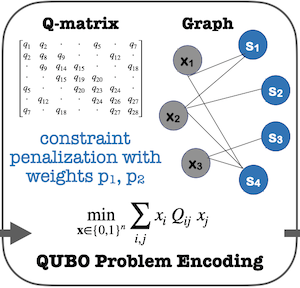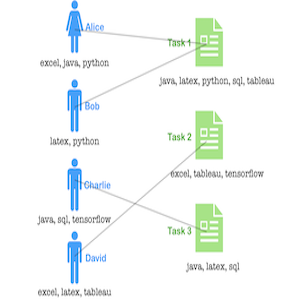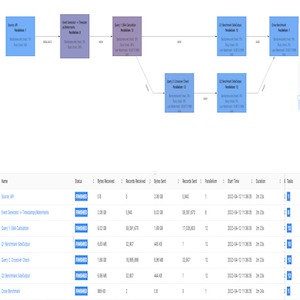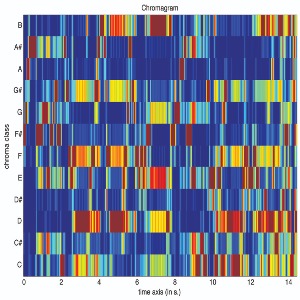
I am a PhD student in the Massive Data & Algorithms (MiDAS) research group at BU,
advised by Dr. Evimaria Terzi. My research interests are primarily focused
on algorithmic data mining and computational social science problems. My current research is on designing efficient approximation algorithms
for submodular optimization problems, specifically the Team Formation problem.
Previously I worked at IBM in Cambridge, MA, where I developed machine learning solutions from the ground-up on exciting projects
at the intersection of business and tech.
I play tennis and soccer, and enjoy outdoor activities such as running, skiing, and hiking. I also like to challenge myself with chess, poker and other strategy games.
I am an eager home cook and I enjoy exploring the Boston/Cambridge area in search of good food and drink!






